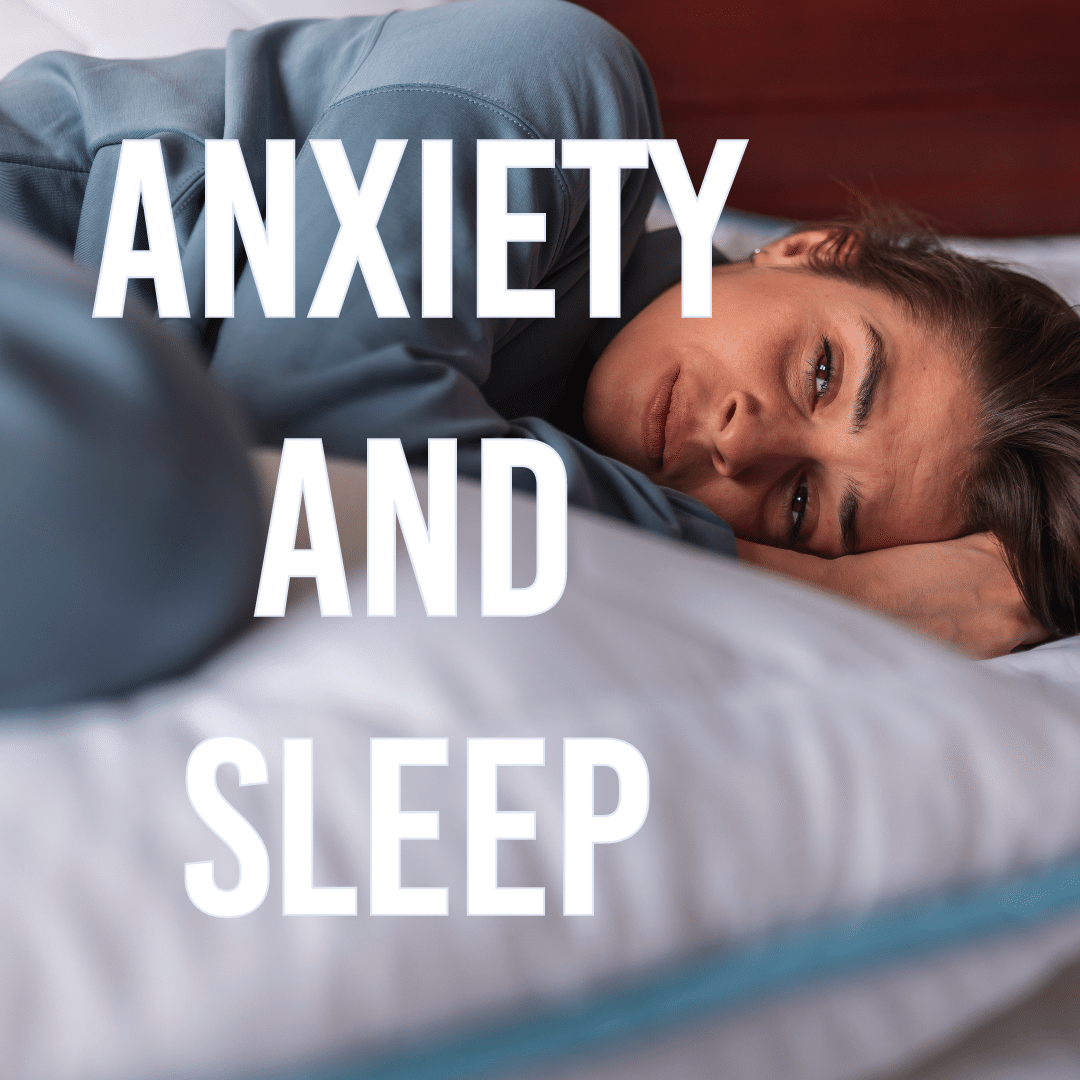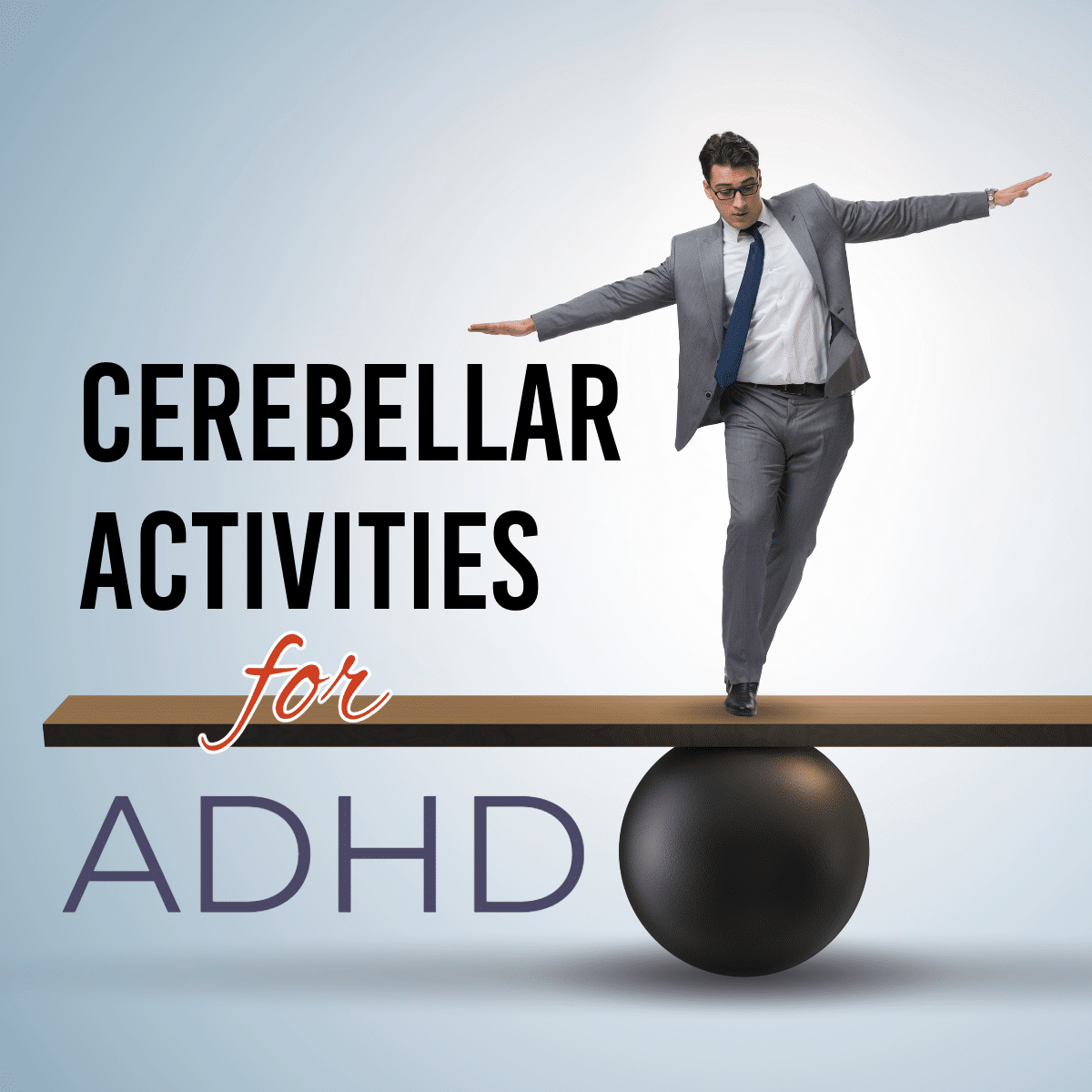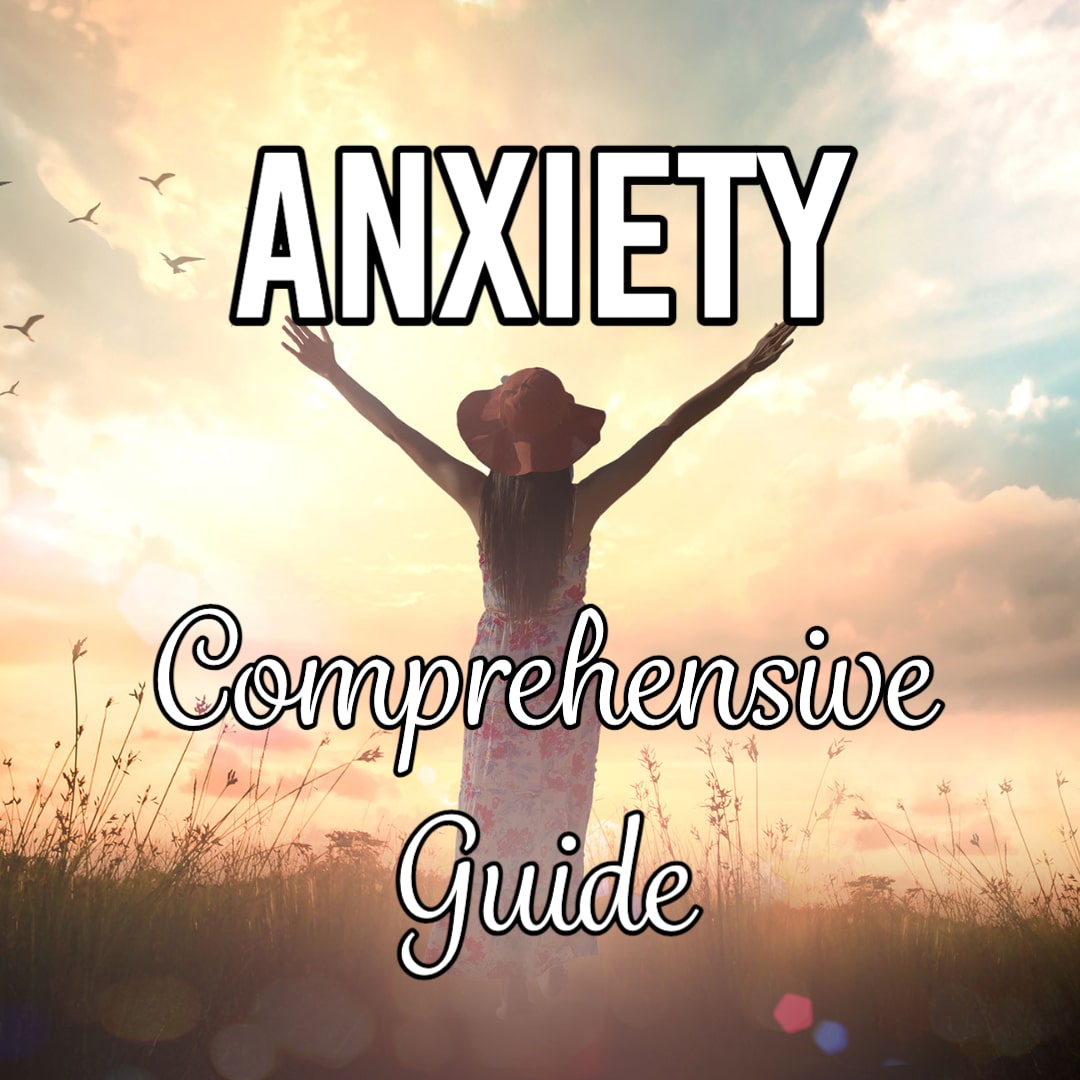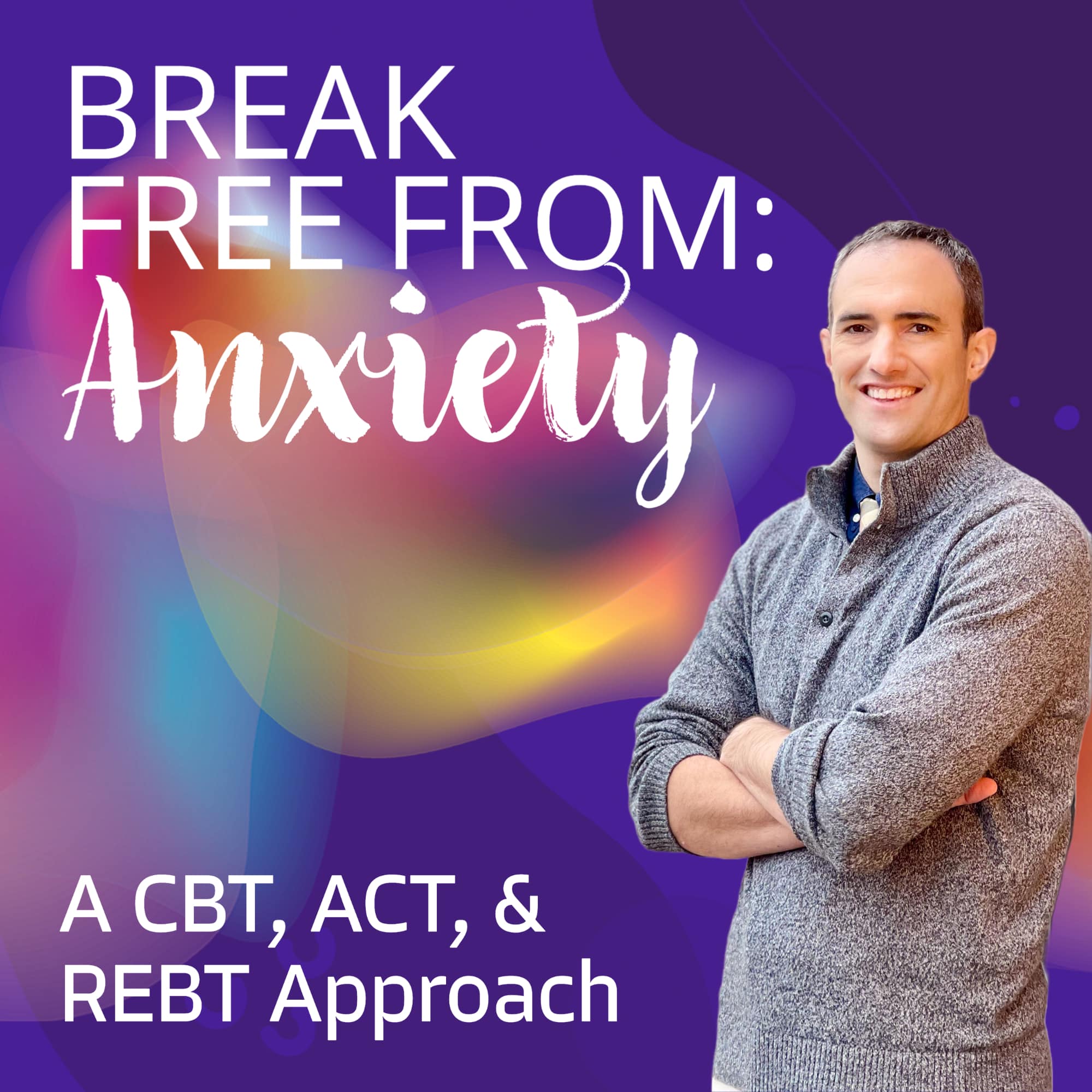What is treatment-resistant depression?
Per the AHRQ report, in 2018: “TRD is commonly defined as a failure of treatment to produce response or remission for patients after two or more treatment attempts of adequate dose and duration, but no clear consensus exists about this definition. TRD definitions in treatment studies do not closely match the definition above; only 17% of studies do so.”
Treating depression is so difficult because depression is an outcome resulting from a confluence of numerous underlying biological mechanisms. The following neurotransmitters are hypothesized to affect mood: SERT, NET, DAT, NMDA, glutamate, glycine, GABA, Monoamine receptors, TNF-alpha, COX-2, neurokinin, CRF, orexin, endogenous opioids. Typical guidelines should be followed regarding dosage, duration of treatment, and augmenting strategies before these novel approaches are tried.
What is ketamine?
Ketamine is one of the more popular alternative treatments for treatment resistant depression. Ketamine is a dissociative anesthetic and NMDA antagonist. It is given as a 0.4 to 0.5 mg / kg IV infusion over 40 min, 2-3x per week. The antidepressant effect is evident in 2-3 doses. Efficacy is established across 3-4 weeks. Maintenance doses can be given 1-2x weekly for months/years (level III evidence)
What are some alternatives to ketamine?
Esketamine – intranasal stereoisomer
Rapastinel – a NMDA partial agonist (through glycine receptor partial agonism) which has fewer dissociative effects than ketamine
Lanicemine – a “low-trapping” NMDA channel blocker.
Rapastinel (GLYX-13) is given at either 5 or 10 mg per kg IV and according to the study by Preskorn in 2015 was found to reduce depressive symptoms as assessed by the HAMD-17 at days 1 through 7. The dosage of 30 mg/kg was found to not be helpful.
What else is on the NMDA modulator horizon?
— D-cycloserine (FDA approved for Tb treatment) works on the glycine site on the NMDA receptor)
— Riluzole (FDA treatment for ALS) – targets voltage gated sodium channel which increases synaptic glutamate uptake
— CP-101,606 and CERC 301 which only work on the NR2B subunit of NMDA as an antagonist.
— Basimglurant and JNJ-4011813 (aka ADX71149) – a mGluR5 negative and positive modulator.
— AVP 786 which is deuterated dextromethorphan and a low dose of quinidine – for treatment of agitation in Alzheimers is under investigation for use in depression.
— Exercise – can also increase the gene expression of the NR2b subunit of the NMDA receptor (similar to the CP-101,606 compound!)
— Meditation – can also modulate glutamate, among others (NAA and mI) (N Fayed, 2013)
What about allosteric modulation of GABA receptors?
The antidepressant effects of benzodiazepines is documented but has potential risk of misuse, abuse and dependence. Allopregnanolone (AKA brexanolone or SAGE-547 or THP) is one option that increases GABA receptor efficacy or potency without direct stimulation. It is synthesized from progesterone and was originally a treatment for epilepsy but was studied as an infusion for postpartum depression and MDD.
What about modulating the endogenous opioid system?
Sadness and chronic stress can lead to alternations in opioid receptors. The endogenous opioid system can modulate mood and reward. The opioid system is comprised of the mu receptor (causes analgesia), delta receptor (antidepressant and antianxiety), and the kappa receptor (anti-reward, dysphoria and pro-depression)
The antidepressant effects of buprenorphine, a kappa antagonist and partial mu opioid agonist, in an RCT. In studying 88 individuals with suicidal ideation, buprenorphine at 0.44 mg/day mean for 4 weeks was found to be superior to placebo for reducing suicidal ideation at 2 and 4 weeks, and not shown to have withdrawal symptoms (Yovell, 2016)
Another option called ALKS 5461 which is comprised of buprenorphine plus samidorphan (which is a preferential mu receptor antagonist) is found to have the mood elevating effects without the euphorigenic or intoxicating effects. This was studied in the FORWARD-4 studies by Ehrich et al and found to have a reduction on HAM-D scales using a 2 mg/2 mg combination as adjunctive treatment in MDD.
How does inflammation play a role in depression?
There is a positive correlation between depressive symptom severity and cytokine levels. Treatment of depression does tend to reverse these abnormalities. Elevated cytokine levels predicts a poor response to antidepressant therapies. Cytokine gene polymorphisms predicts antidepressant treatment responses. Administration of some cytokines such as IL-1, IL-6 and TNF-alpha can produce depressive symptoms.
A randomized control trial of celecoxib (cyclooxygenase-2 inhibitor) in MDD in 2009 looked at fluoxetine 40 mg + celecoxib 400 mg daily vs fluoxetine 40 mg + placebo and found a significant difference of HAM-D scores at 2, 4 and 6 weeks. This was effective only for TRD patients with high pre-existing inflammation levels (noted by testing C reactive protein).
What are some other novel compounds for treatment resistant depression?
— AXS-05: Combination formulation of bupropion and dextromethorphan, a sigma-1 receptor agonist and NMDA receptor antagonist
— MIN-117: 5-HT1A and 5-HT2A receptor antagonist and inhibitor of serotonin and dopamine reuptake
— MIN-202 (seltorexant): Small-molecule antagonist of the OX2 receptor
— NSI-189: Promotes neurogenesis via an unknown mechanism

 Bruce Bassi
Bruce Bassi






